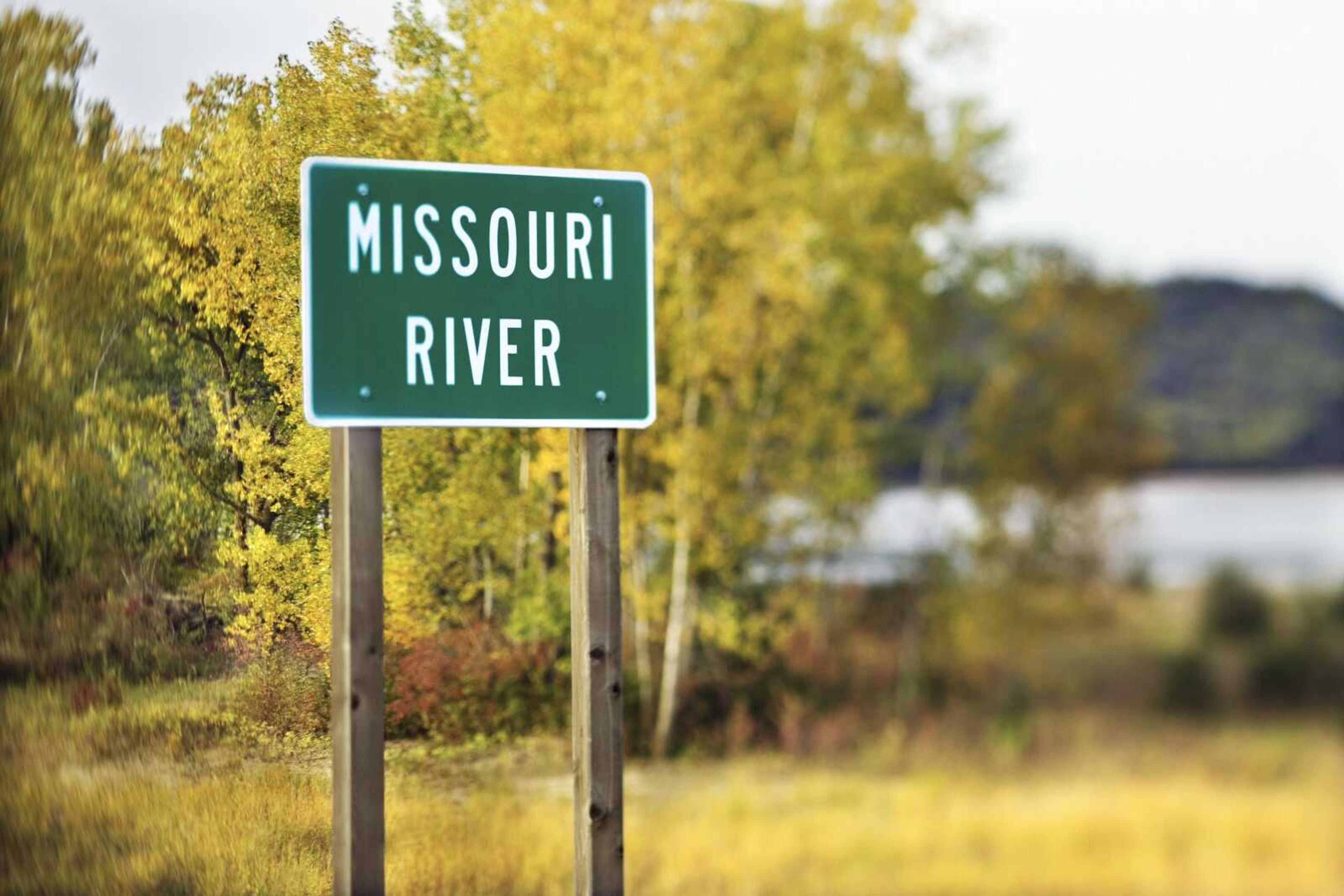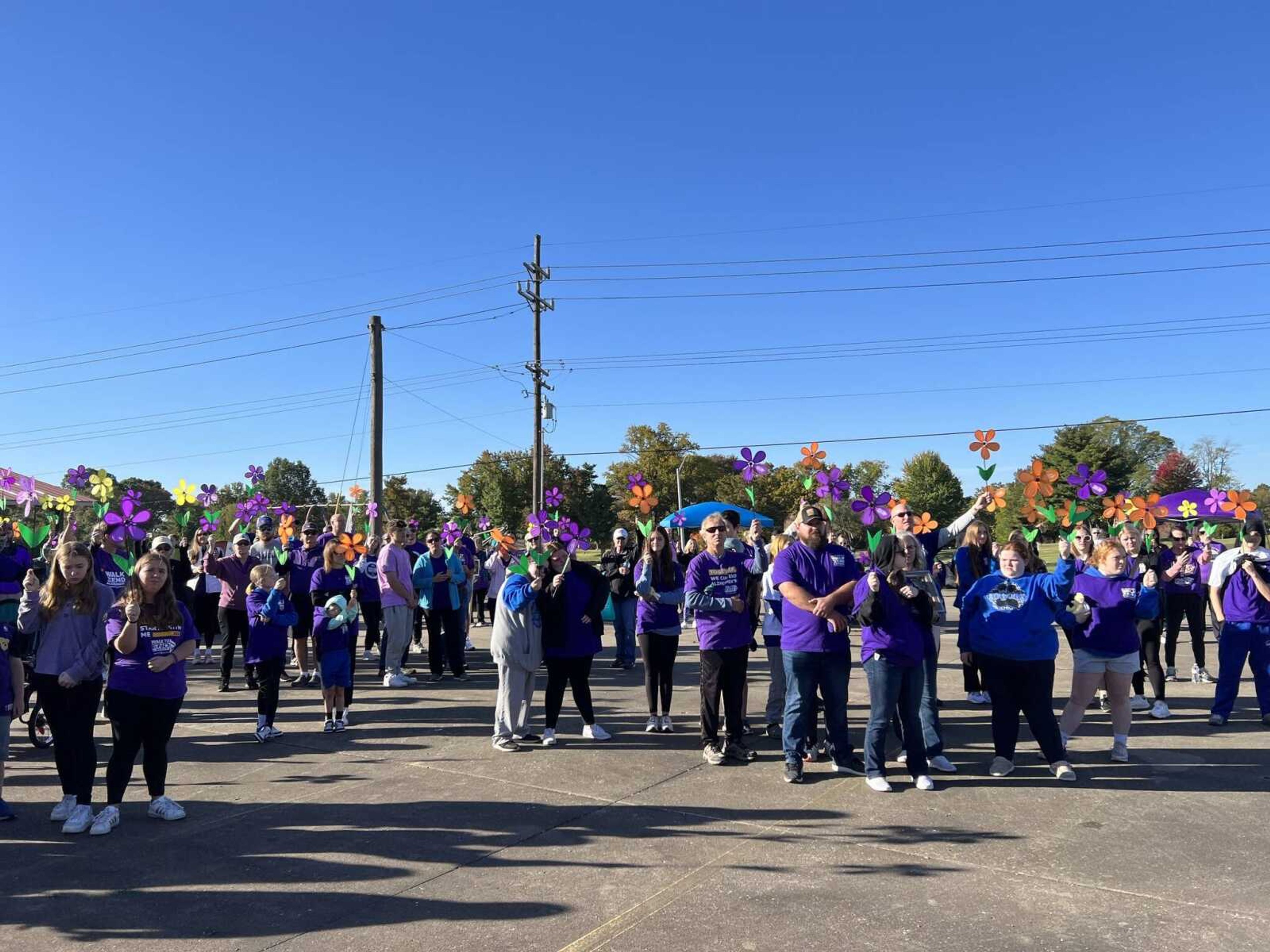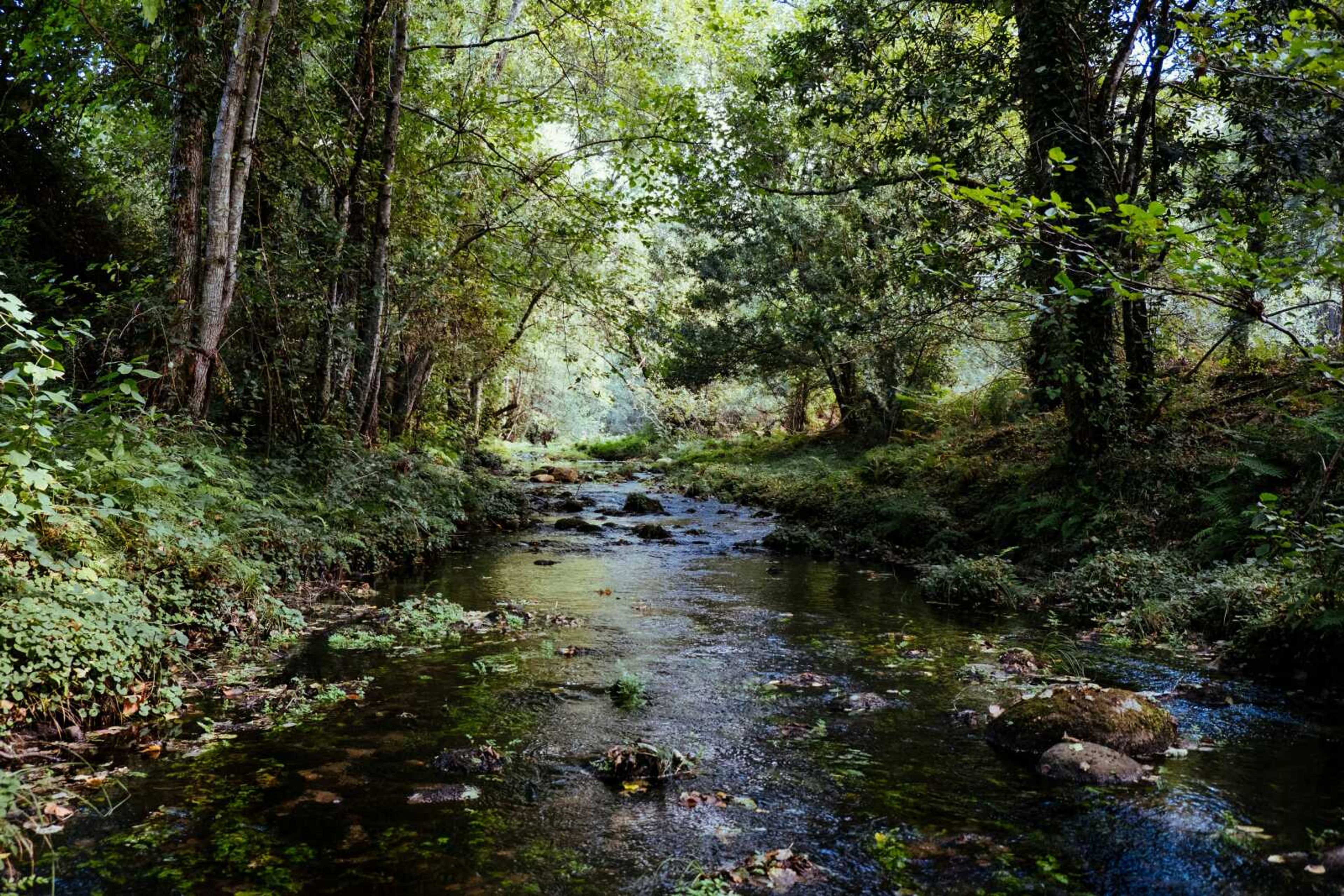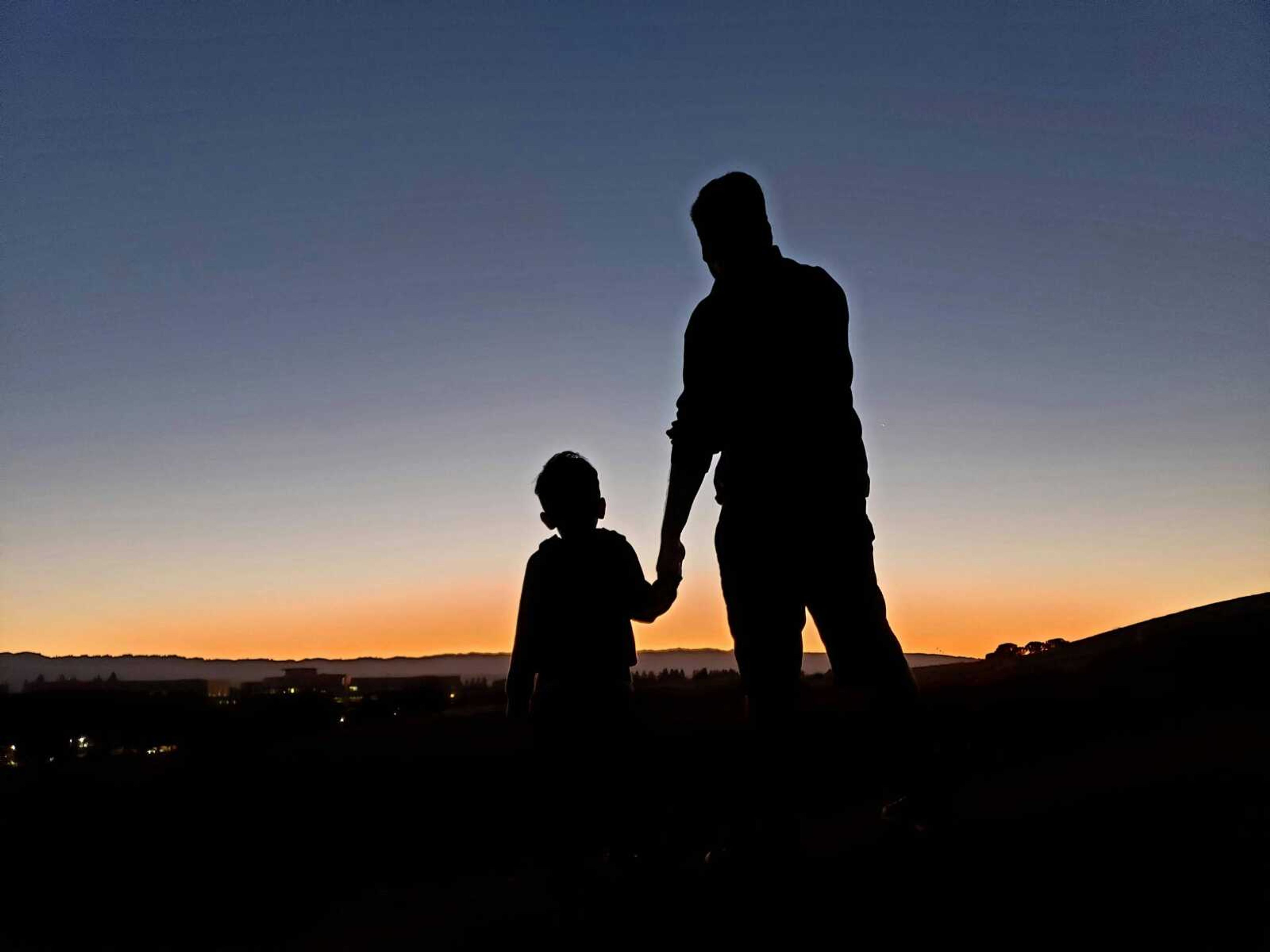Traveling up the Missouri River
In the spring, TBY published my reply to the question: "What's on your bucket list?" My goal was to travel the Missouri River to its headwaters and step across it. When I got home later in the day that my comment was published, I had a message from a Kelso reader who gently informed me that the Mighty MO. is about 60 feet across at its headwaters because it begins at the confluence of three rivers...
In the spring, TBY published my reply to the question: "What's on your bucket list?" My goal was to travel the Missouri River to its headwaters and step across it.
When I got home later in the day that my comment was published, I had a message from a Kelso reader who gently informed me that the Mighty MO. is about 60 feet across at its headwaters because it begins at the confluence of three rivers.
That didn't deter me; I could always dip my hands in the water. My husband, Jim, and I set out in July to follow the river along its route and to reach the headwaters in Montana. Following are some highlights of the trip:
We didn't go to the mouth of the river above St. Louis, since we are so familiar with that area. Instead, we blew the mouth a kiss and headed for Gasconade, Mo., at the confluence of the Missouri and Gasconade rivers. Here we could get just close enough to catch a glimpse of the Missouri from the banks of the Gasconade. It was at this area in 1855 that a train bearing a load of citizens and dignitaries from St. Louis to celebrate the completion of the railroad up to Jefferson City, Mo., overloaded the nearly complete trestle and crashed into the river, losing 31 lives, including two citizens from Cape Girardeau. Jim's great-grandfather was born in Gasconade.
The next stop was Hermann, a river town still full of 1800s buildings. From there we followed the river road through the towns that nourished the steamboat trade in the early- to mid-1800s, and which mostly sank into the pages of the history books, if not into the river. Our destination for that day was Boonville, Mo.
Boonville is my hometown. I grew up on a farm east of town where my father farmed hill land and Missouri River bottom land. It was there that I got river mud worked into the marrow of my bones and river water in my veins. It's because of those years loving (good crops, morels, fishing) and hating (floods, mosquitoes) this river that gave me the desire to follow its path.
Boonville was an important town in the steamboat days, building the boats and providing a good landing spot. But we were headed for Kansas City and the jewel of riverboat history, the Steamboat Arabia Museum, located by the riverfront in Kansas City, Mo.
The Arabia hit a snag and sank beyond Kansas City in 1856, carrying passengers and 220 tons of merchandise bound for the West. The passengers escaped, but the boat sank. Included in the inventory were more than 400 barrels of Kentucky whiskey.
Due to the vagaries of the ever-shifting river, the site was lost until four treasure seekers located it in a cornfield in Kansas and began digging in 1988. It took more than four months for them to reach the cargo portion of the steamboat. The top of the boat had floated away, as had, it turned out, the Kentucky whiskey.
The entrepreneurs had every intention of digging up the loot, if they found any, and turning a fast buck. However, their first real find was a barrel containing exquisite china. After that every day was Christmas, with new and wonderful artifacts being brought to daylight after having been buried for 132 years. Then they knew they had treasures, not loot, and the vision for a museum was born.
Visitors will see the largest collection of pre-Civil War artifacts in the world. One-third of the treasure trove has yet to be conserved, but we were stunned by the detailed view we got from the display of what would have been sold in the stores out West in 1856. This museum is a must-see. And you even get to see the snag that took out the steamboat!
When we left the Kansas City area, we took a detour to Kearney, Mo. Most will know this town as the burial place of Jesse James, but this is where I taught when Jim was in seminary in Kansas City. We drove around to see the sights we remembered and found the high school where I taught. Unfortunately, the most vivid memory both of us had was of the parking lot, where I arrived for my job interview quite ill. After I threw up, I pulled myself together, took the interview and got the job.
We reached Fort Peck in Montana. This is the largest earthen dam in the world, and it forms a lake with 400 more miles of shoreline than our own Lake of the Ozarks.
I wanted to see Fort Peck because I had read one of Ivan Doig's novels that was set at Fort Peck during its construction. While watching the documentary about the construction I could see the fictional characters among the real ones and, because of the book, I could better understand what happened in this Depression Era project.
In Grand Falls, Mont., we saw Giant Springs, a vigorous bubbler on the edge of the Missouri River. The spring waters run along the Missouri for 201 feet, with no barriers and the waters commingled, and form the Roe River, the shortest river in the world. Ironic that we were following the longest river in the United States and got to step across the shortest in the world.
Finally we reached Three Forks, Mont., our goal. It is here that three rivers, in a short distance, join to become the Missouri River. I didn't get to walk across, of course, but I did get to kneel at the bank and dip my fingers into the waters.
Interestingly, while we were there in this almost-deserted park, four other people came in together. It turned out that two were from Whitewater, Mo., and two were from Anna, Ill. We were 2,439 miles from our home in Pocahontas, and we ran into people who are practically neighbors!
Then we came home, which was another long journey. But the trip was not about returning. It was about the getting there and the viewing. It was about my getting to dip my fingers in the freshest waters possible of the Missouri River and about my renewing its waters in my blood, waters which are now commingled with those of the Mississippi River.
One item is checked off my bucket list.
Connect with the Southeast Missourian Newsroom:
For corrections to this story or other insights for the editor, click here. To submit a letter to the editor, click here. To learn about the Southeast Missourian’s AI Policy, click here.









